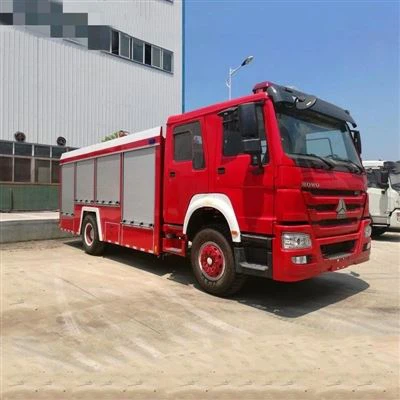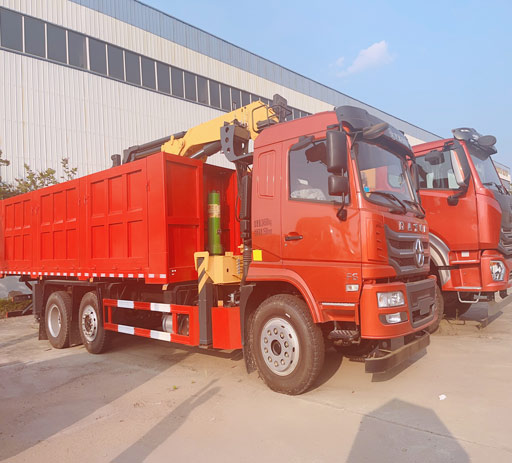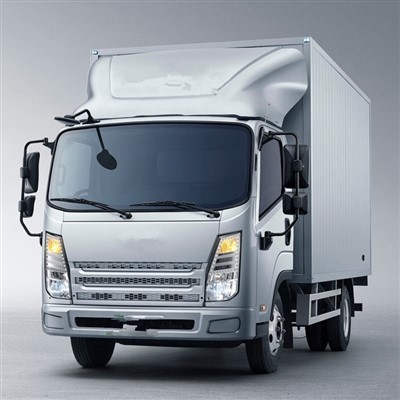Understanding CBU Logistics: A Comprehensive Guide

CBU logistics, or Completely Built-Up logistics, is a key concept in the transportation and supply chain industry. This article dives into the intricacies of CBU logistics, elucidating its significance, processes, advantages, and challenges. Whether you are a business owner, supply chain manager, or simply curious about logistics, this guide provides valuable insights into CBU logistics.

What is CBU Logistics?
CBU logistics refers to the transportation and handling of vehicles that are completely assembled and ready for delivery. Unlike other logistic types like CKD (Completely Knocked Down) or SKD (Semi Knocked Down), which involve shipping parts and components for assembly, CBU logistics involves moving finished goods. This section delves into the definition and implications of CBU logistics.
The Definition of CBU
CBU stands for Completely Built-Up. In the context of logistics, it indicates that products, particularly vehicles, are shipped in their finished state, ready for the end-user. The logistics process involves several stages, ensuring that the products are transported safely and efficiently from the manufacturer to the final destination.
Importance of CBU Logistics
CBU logistics is crucial for manufacturing companies, especially those in the automotive sector. The ability to deliver fully assembled vehicles helps manufacturers decrease lead times, improve customer satisfaction, and enhance their competitive edge in the market.
The CBU Logistics Process
Understanding the CBU logistics process is vital for businesses looking to optimize their supply chain operations. Below are the main stages involved:
1. Manufacturing and Assembly
The process starts at the manufacturing facility where the vehicles are assembled. Here, every component is put together, and the vehicle undergoes several quality checks before it can be labeled as CBU.
2. Final Inspection
Once the vehicles are manufactured, they are subject to final inspections to ensure they meet quality and safety standards. Any flaws detected at this stage can lead to costly delays and rework.
3. Packaging and Documentation
After inspection, each vehicle must be properly packaged and accompanied by the necessary documentation. This includes shipping documents, customs documents, and invoices, which are crucial for international logistics.
4. Transportation

Transporting CBU vehicles can be accomplished via sea, rail, or roadways. Ships specially designed for vehicle transport are often employed, referred to as Ro-Ro (Roll-on/Roll-off) vessels, which allow vehicles to be driven directly on and off.
Example: Transporting Vehicles via Ro-Ro
| Step | Description |
|---|---|
| Loading | Vehicles are driven onto the vessel and secured for transit. |
| Shipping | The vessel sails to its destination, minimizing exposure to elements. |
| Unloading | Vehicles are driven off the vessel upon arrival at the destination port. |
5. Customs Clearance
Before vehicles can be delivered to the end-user, customs clearance must be obtained, especially for international shipments. This involves paying applicable duties and taxes, which can vary depending on the destination country.
Advantages of CBU Logistics
CBU logistics offers several benefits that can help businesses optimize their operations:
1. Accelerated Delivery Times
Since vehicles are shipped fully assembled, delivery times are significantly reduced compared to CKD or SKD options, where assembly occurs after arrival.
2. Reduced Risk of Damage
Transporting complete vehicles typically results in a lower risk of damage during transit, as fewer handling steps are involved compared to partially assembled products.
3. Simplified Inventory Management
Managing inventory is easier with CBU logistics since companies need to handle whole units instead of numerous individual parts.
4. Enhanced Customer Satisfaction
Faster delivery and reliable product quality lead to improved customer satisfaction, allowing companies to retain and attract more clients.
Challenges in CBU Logistics
Despite its advantages, CBU logistics faces several challenges that businesses must navigate:
1. High Transportation Costs
Transporting fully assembled vehicles can be more expensive due to the need for specialized shipping methods and equipment.
2. Regulatory Compliance
Companies must comply with various international shipping regulations and import/export laws, which can complicate CBU logistics.
3. Limited Flexibility
Once a CBU vehicle is built, it may be difficult to modify or customize the product without incurring additional costs and delays.
Best Practices for CBU Logistics
To successfully navigate the landscape of CBU logistics, companies should implement the following best practices:
1. Leverage Technology
Investing in advanced logistics management software can help monitor shipments, streamline documentation, and enhance communication with stakeholders.
2. Partner with Reliable Carriers
Choosing reliable logistics partners can ensure timely deliveries and reduce the risk of damage during transit.
3. Stay Informed About Trade Regulations
Companies should stay updated on the latest trade regulations affecting CBU logistics to avoid unforeseen delays and compliance issues.
Future Trends in CBU Logistics
As the logistics landscape evolves, so too does CBU logistics. Here are some trends shaping the future:
1. Sustainability Practices
Growing concerns about environmental impact are leading businesses to adopt more sustainable practices in shipping and logistics operations.
2. Digital Transformation
Automation and technology are becoming increasingly important in streamlining logistics processes and improving efficiency.
3. Globalization of Markets
As global markets continue to expand, the demand for CBU logistics will increase, making it imperative for businesses to adapt to evolving market dynamics.
Frequently Asked Questions (FAQ)
1. What is the difference between CBU and CKD logistics?
CBU logistics involves transporting fully assembled vehicles, whereas CKD logistics consists of shipping vehicle parts that require assembly at the destination.
2. How do I choose the best carrier for CBU logistics?

Consider factors such as reliability, shipping costs, experience in handling CBU shipments, and service reviews to select the best carrier.
3. What documentation is required for CBU shipments?
Required documentation typically includes shipping documents, customs declarations, invoices, and any certificates pertinent to international shipping.
4. How does CBU logistics impact customer satisfaction?
Speedy deliveries and high-quality products positively influence customer satisfaction and can lead to repeat business.
5. Are there restrictions on CBU imports?
Various countries have specific import restrictions and tariffs on CBU vehicles, and companies must ensure compliance with these regulations.
6. How can I minimize risks during CBU shipping?
To minimize risks, work with trusted carriers, ensure proper packaging, and conduct thorough inspections before and after transit.
